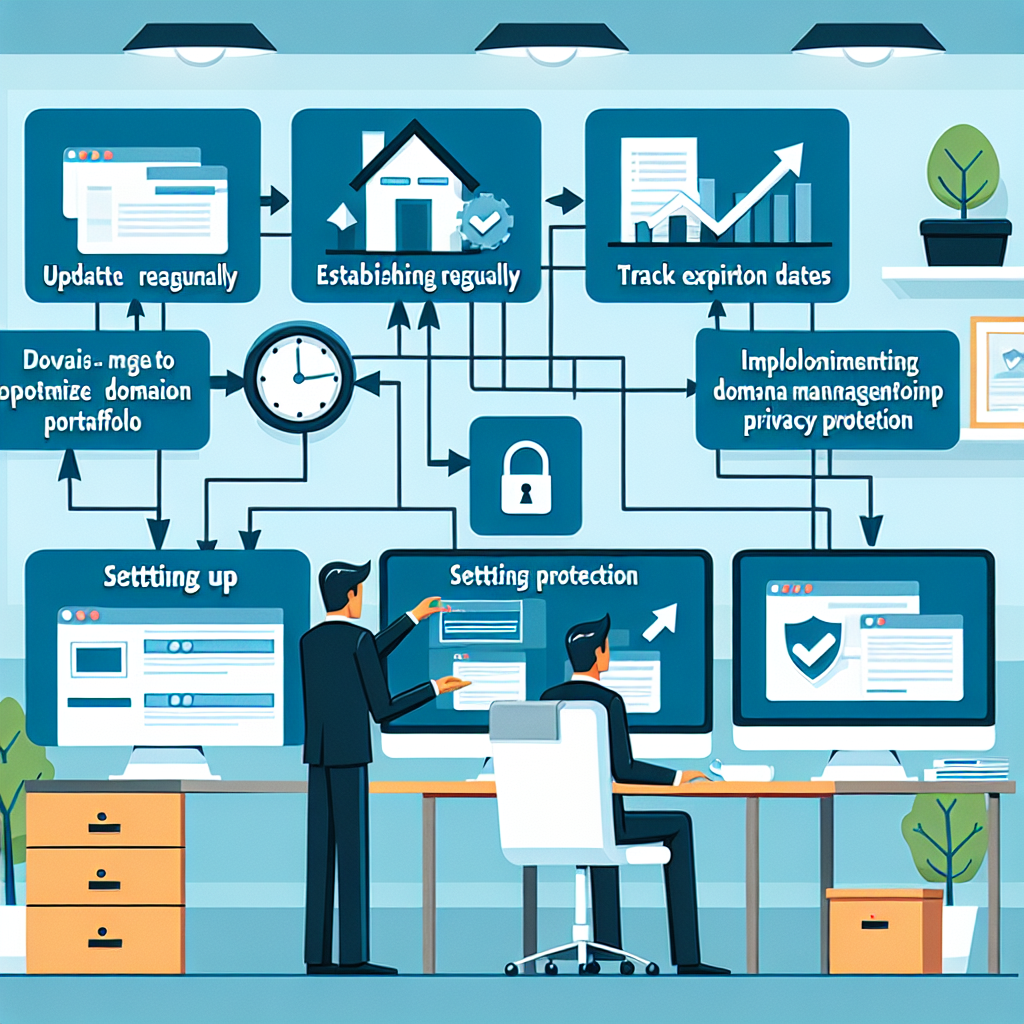Table of Contents
- Keyword Research
- Domain Monitoring Tools
- Security Practices
- Performance Optimization
Keyword Research
Hey there! When it comes to optimizing your domain management, the first thing you gotta nail down is keyword research. You can’t really get around this. Knowing the right keywords helps you attract more traffic and makes your domain highly relevant in searches.
Now, I know it sounds cliché, but using tools like Google Keyword Planner or Ahrefs can make a world of difference. They give you insight into what phrases are getting hits and what your potential audience is looking for. Back in my early days, I used to jot down keywords on sticky notes—ah, those were the days! But these tools? Total game-changers.
Another thing I always stress is understanding the intent behind those keywords. Are people searching for information, looking to buy something, or simply browsing? Your content should match that intent. Believe me, it’s more powerful than you can imagine. Connect with your audience on their terms, and you’ll see your optimization efforts pay off.
Domain Monitoring Tools
Alright, moving on. One of the most overlooked aspects of managing domains is having good domain monitoring tools. I mean, let’s be real—you can’t manually keep track of everything all the time. Tools like UptimeRobot and Pingdom can keep an eye on your domains and alert you if something goes south.
Take the example of UptimeRobot. These tools don’t just monitor uptime; they also give you detailed insights into performance issues. Whether it’s a minor glitch or full-blown downtime, you’ll get alerts. Back when I started, I remember missing out on a sale because I wasn’t aware my site was down. Trust me, these tools can save you from a lot of headaches.
Additionally, some of these tools offer features like SSL monitoring and domain expiration alerts. This is crucial because you don’t want to be on the receiving end of an expired domain. Think of it like having a really vigilant assistant—always there, always on point.
Security Practices
Let’s chat about security—something that is absolutely non-negotiable. The world is a digital jungle, and if your domains aren’t secure, you’re practically asking for trouble. First things first, always use strong, unique passwords. Sounds basic, but you’d be surprised how many folks skip this step.
Another tip I swear by is enabling two-factor authentication (2FA). With 2FA, even if someone gets hold of your password, they still can’t break in without that second layer of security. When I first implemented it, I slept a lot better, knowing my data wasn’t just hanging out there exposed.
Also, keep your software updated. Regularly update your domain management software and plugins to patch any security vulnerabilities. In my experience, taking these small but vital steps can protect you from potential cyber-attacks and data breaches.
Performance Optimization
Last but definitely not least, let’s talk about performance optimization. A slow website is a big no-no. Your visitors aren’t going to hang around if your pages take forever to load. I learned this the hard way early on in my career.
First off, make sure your hosting service is top-notch. No point optimizing if your hosting provider is a bottleneck. Opt for services known for speed and reliability. Consider Content Delivery Networks (CDNs) like Cloudflare to distribute your content more efficiently.
Then, focus on optimizing your images and scripts. Use tools to compress images without losing quality and minify your JavaScript and CSS files. These tweaks can dramatically increase your site speed. Seriously, every millisecond counts!
FAQs
1. Why is keyword research essential for domain management?
Keyword research connects you to what your audience is searching for, making your domain more relevant and easier to find. It’s the backbone of any successful optimization strategy.
2. What are some reliable domain monitoring tools?
Tools like UptimeRobot and Pingdom are great for monitoring uptime and performance issues. They offer alerts and detailed insights, saving you from potential downtimes and performance lags.
3. How can I enhance the security of my domains?
Use strong passwords, enable two-factor authentication, and keep your software updated. These steps add multiple layers of security, making it harder for unauthorized access or breaches.
4. What are the key elements of performance optimization?
Optimize your hosting service, use CDNs, and compress images and scripts. These steps ensure your website loads quickly, retaining visitors and improving user experience.
